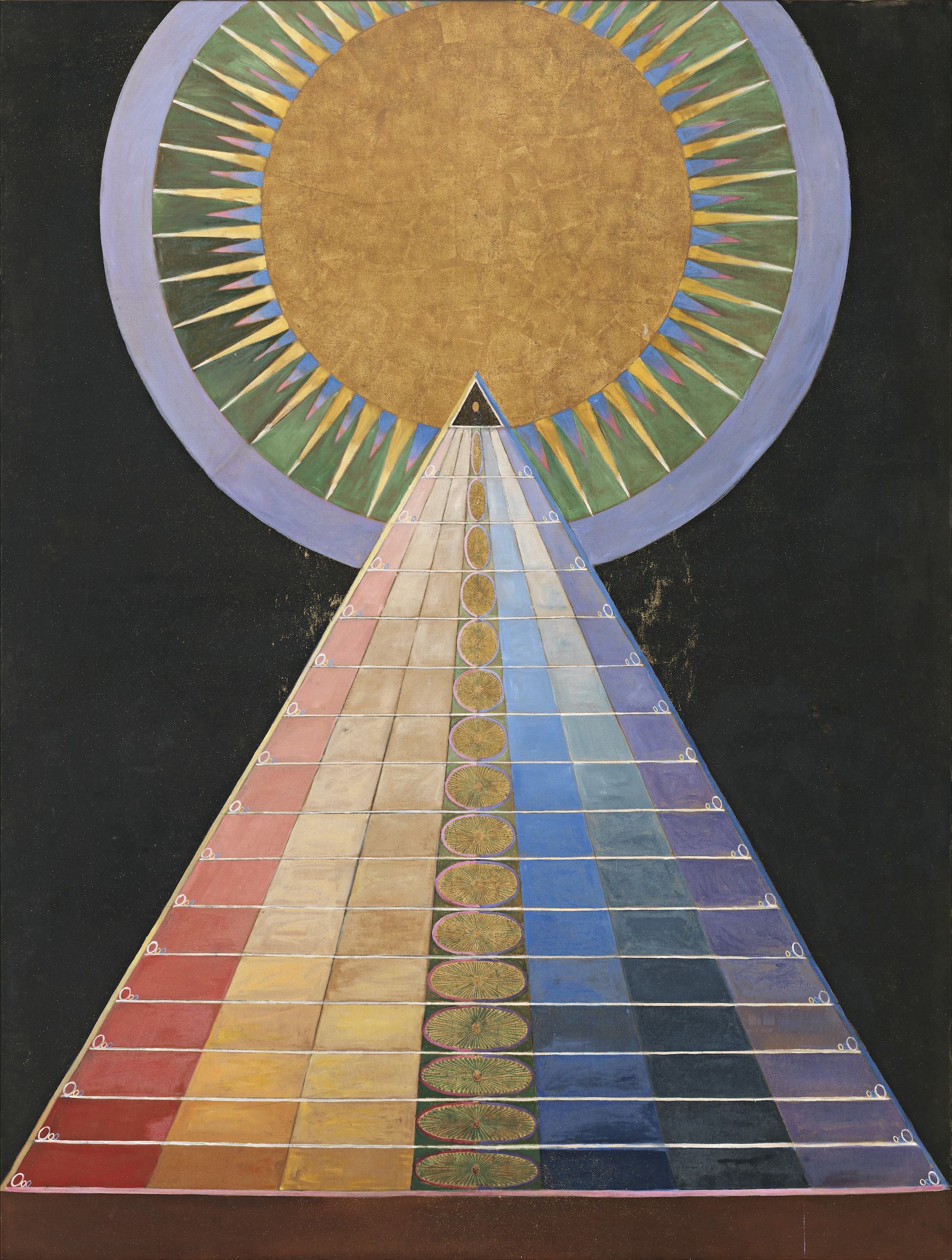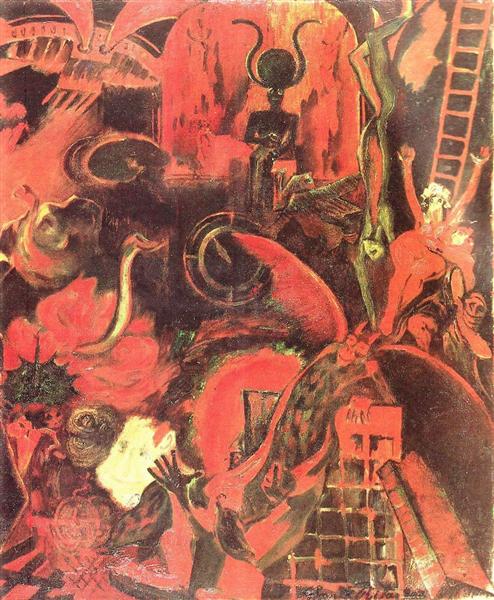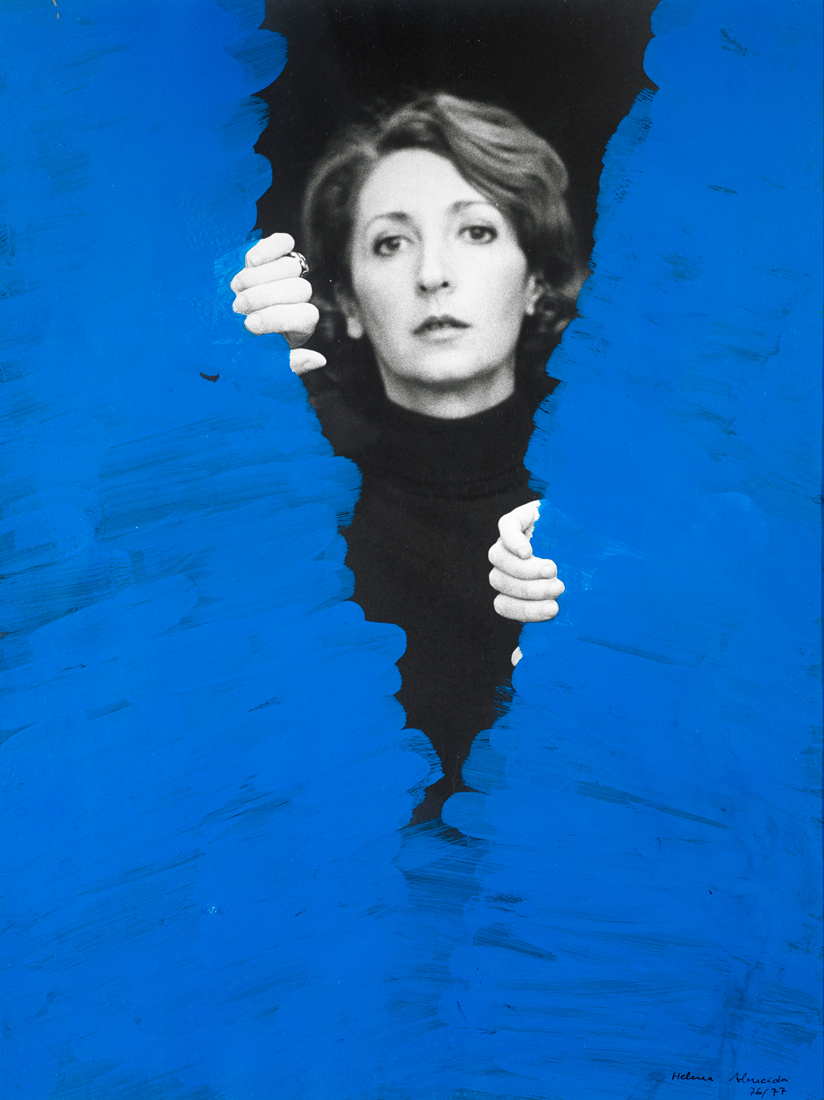
Art



|
Art
|

|
A place for some cool art!

|
Hilma af KlintHilma af Klint was a Swedish artist and mystic whose paintings were amongst the first abstract art. She belonged to a group called 'The Five' and the paintings or diagrams were a visual representation of complex philosophical ideas. The fourth child of Captain Victor af Klint, a Swedish naval commander, and Mathilda af Klint (née Sonntag), Hilma af Klint spent summers with her family at their farm Hammora on the island of Adelsö in Lake Mälaren. In these idylic surroundings Hilma came into contact with nature at an early stage in her life and this deep association with natural forms was to be an inspiration in her work. From her father she adopted an interest in mathematics. She showed an early ability in visual art and after the family had moved to Stockholm she studied at the Academy of Fine Arts for five years during which time she learned portraiture and landscape painting . Here she met Anna Cassel, the first of the four women with whom she later worked in 'The Five' (de fem), a group of artists who shared her ideas. Her more conventional painting became the source of her financial income while the 'life's work' remained a quite separate practice. The project on which "the Five" were engaged involved, in 1892, recording in a book a completely new system of mystical thought in the form of messages from higher spirits. One, Gregor, spoke thus: "all the knowledge that is not of the senses, not of the intellect, not of the heart but is the property that exclusively belongs to the deepest aspect of your being...the knowledge of your spirit" Through her work with the group 'the Five' af Klint created experimental automatic drawing as early as 1896, leading her towards an inventive geometric visual language capable of conceptualising invisible forces both of the inner and outer worlds. Quite apart from their diagrammatic purpose the paintings have a freshness and a modern aesthetic of tentative line and hastily captured image: a segmented circle, a helix bisected and divided into a spectrum of lightly painted colours. She continued prolifically to add to the body of work amounting to over 1000 pieces until 1941. She requested that it should not be shown until 20 years after the end of her life. (source) |

|
Santa-Rita PintorGuilherme Augusto Cau da Costa de Santa Rita, later known as Santa Rita Pintor, was a portuguese painter and writer born in Lisbon in 1889. He is considered the introducer of Futurism in Portugal. In 1910 he got a scholarship to attend the Acady of Fine Arts of Paris, which he lost due to his monarchic ideals and bad relationship with the embassador of Portugal at the time, João Chagas. Returned to Lisbon in 1914, he plans to translate to portuguese and publish Filippo Tommaso Marienetti's Futurist Manifesto, something that never comes true, despite the author's approval. Santa-Rita Pintor appears as a charactor in Mário de Sá Carneiro's novel, "A Confissão de Lúcio", from 1914. In 1915, he becomes one of the organizers of a big congress of young artists and writers in protest againt the apathy showcased by the older generations. In the 4th od April of 1917, along with other artists, he participates in a matiné (movie session) to present futurism to the portuguese public, at the Republic Theatre, in Lisbon. In November of 1917 he prepares the launch of the Revista Portugal Futurista (Futurist Portugal Magazine), apprehended at the doors of the typography, due to subversion and obscenity present in the texts. With his death in 1918 and the leaving of his long time friend and collaborator, Almada de Negreiros, to Paris, thus enters in decline th portuguese futuristic movement, ending the first phase of portuguese modernism. (source) |

|
Helena AlmeidaPortuguese photographer and visual artist. Helena Almeida studied painting at the School of Fine Arts in Lisbon, where her first solo exhibition took place in 1967. As she says, “My work is my body, my body is my work.” While her work is sometimes described as body art, she uses a variety of mediums, photographs, performances, drawings, and videos, to question the nature of creation itself, its infinitesimal character. Her ambiguous attitudes, simple scenery, and poor accessories – metal wire, hemp, mirrors, powdered pigments, primitive clothing – contribute to austere and poetic displays of creation and the space in between. Mostly photographed without a face and often clad in clearly symbolic feminine clothing, like a dress, black skirt, and black high heels (Voar [Fly], 2001), she gives the self-portrait genre an additional layer. The intensity of the black and white images she creates, enhanced in certain strategic spots – inside her mouth, the soles of her feet, the palm of her hands – with blue or red paint, gives these studies a classical quality borrowed from another era (Estudo para um enriquecimento interior [Study for Inner Improvement], 1977). How do we occupy space? What do our gestures say? What are we made of? Where are our physical limits? Through her minimalist performances, she explores the mysterious passage between the private and public spheres, between form and content, between the presence and absence of the body, between dream and reality, sensuality and spirituality, violence and seduction. While her work began to gain recognition from the art community in the late 1970s, she did not associate her approach to feminism, and freely admitted to the seductive quality of some of her images. Swallowing, secreting, hiding, and living the act of painting were her artistic ambitions. Since her exhibition at the Gulbenkian Foundation Modern Art Center (1987), she has exhibited her work in Porto (1995), Madrid (1997), New York (2004), Belém (2004). She also participated in several biennales, in São Paulo (1979), Venice – where she was officially representing her country – (1982), and Sydney (2004). (source) |

|
Caspar David FriedrichGerman painter born in Greifswald, Pomerania who was one of the leading figures of the German Romantic movement. His vast, mysterious, atmospheric landscapes and seascapes proclaimed human helplessness against the forces of nature and did much to establish the idea of the Sublime as a central concern of Romanticism. Friedrich studied from 1794 to 1798 at the Copenhagen Academy, one of the most progressive art schools of the day. Though he was taught by many painters, the school did not offer a course in painting. He settled at Dresden and became a member of an artistic and literary circle that included the painter Philipp Otto Runge and the writers Ludwig Tieck and Novalis.
His drawings in sepia, executed in his neat early style, won the poet J.W. von Goethe’s approval and half of the prize from the Weimar Art Society in 1805. His first important oil painting, "The Cross in the Mountains" (1807), established his mature style, characterized by an overwhelming sense of stillness and isolation, and was an attempt to replace the traditional symbology of religious painting with one drawn from nature. Other symbolic landscapes, such as "The Sea of Ice" (1822), which makes reference Sir William Parry’s polar expedition, reveal his fatalism and his attitude toward Nature. Though they were based on close observation of the landscape, his works were coloured by his imaginative response to the atmosphere of the Baltic coast and the Harz Mountains, which he found both awesome and ominous. In 1824 he was made a professor of the Royal Dresden Art Academy, though not in the capacity he had wished for. In 1835 he suffered a stroke from which he never recovered, and a second stroke in 1837 caused him almost complete paralysis. His reputation was in decline by the time of his death as the Romantic movement gave way to Realism. For a long time his work was forgotten; it was revived in the 20th century, and the artist’s reputation continued to strengthen into the 21st. (source) |
Boleslaw Biegas |
|
Carel Willink |
|
M.B. Aghamiri |
|
Sebastian Pether |
|
Zaha Hadid |
|
Ludwig Munthe |
|
Raul Lino |
|